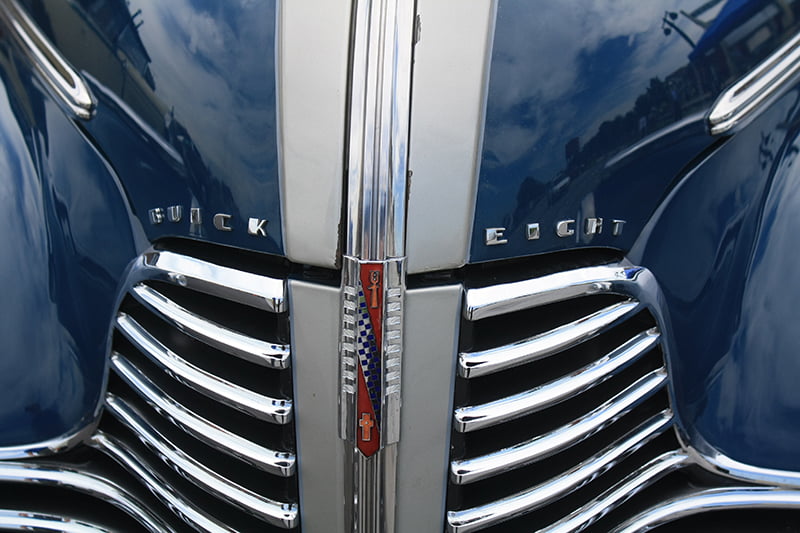As one of the founding financial pillars of American manufacturing titan General Motors, the name Buick has been synonymous with motor vehicles since 1908.
For most of its existence in the North American motor vehicle market, Buick has always been marketed – and in turn, regarded – as a premium automobile. Although positioned slightly higher than other General Motors mainstream brands, Buick was classed as “the next best thing” to the flagship Cadillacs. While regarded as one of the oldest motor vehicle brands in the world, Buick is also one of the few to have remained steadfast right through into the 21st Century.
However, the brand survived a merciless recession in the late 2000’s arguably thanks to an army of fans in the most surprising of nations – China. General Motors sells five times more Buicks in China than they do in the United States, and quickly worked out how to cater to this market partnered with efficient manufacturing – so where did it all begin?
The Beginnings Of Buick Motor Vehicles
The first two Buick automobiles were made in 1899 and 1900 at the “Buick Auto-Vim and Power Company” by chief-engineer Walter Marr. Surprisingly, company owner David Dunbar Buick was initially reluctant to commence making automobiles, as at the time he was satisfied with the production of stationary and marine engines. After several years of engineering “tweaks” to optimise performance, David Buick incorporated his company as the Buick Motor Company in Michigan on May 19, 1903.
William C. Durant entered the operation as a controlling investor in 1904, and spent the next four years developing Buick into the biggest-selling automobile brand in the United States. While David Buick sold his stock upon departure in 1906 and exited as a very wealthy man, Durant went on to establish General Motors in 1908 and cemented Buick’s status as one of the most in demand vehicle makers in the world.
Few people are aware that Australia was General Motors’ largest export market for many years, and that in 1923 – Holden Motor Body Builders was contracted to be GM’s supplier of bodies in Australia. That very same contract was GM’s first international motor manufacturing commitment, and Holden quickly became the largest body maker outside of North America.
Such was General Motors’ belief in Australia’s manufacturing future, that five vehicle assembly plants were soon constructed. In the 1920’s, nearly half of GM’s overseas assembly facilities were located in Australasia. It wasn’t until 1934 that the German Opel and English Vauxhall divisions were established, which in turn served much bigger markets than Australia.
In 2018, almost 80% of Buick’s global sales came from China. 64% of Buick’s sales in China came from vehicles that aren’t even available in the United States, such as the Excelle sedan, the GL6 and GL8 minivans, the Velite 5 hybrid and the Verano compact car. The Chinese automobile market is simply enormous when compared to that of the United States (28 million vehicles per annum for the former, versus 17 million per annum for the latter) – and it’s evident that Buick are one of the few automobile producers that have managed to successfully cater to what the consumer wants in this populous nation.

